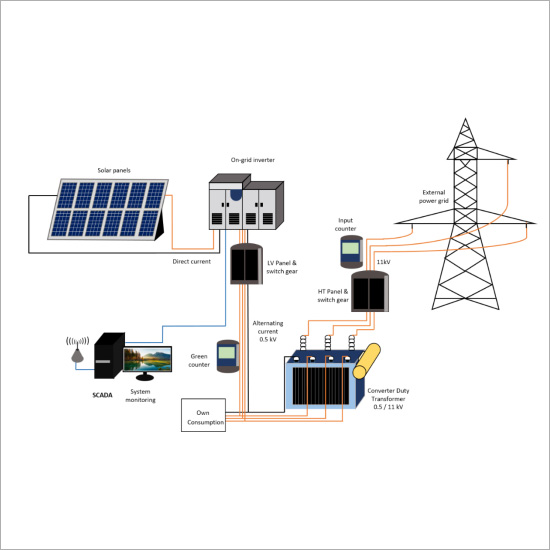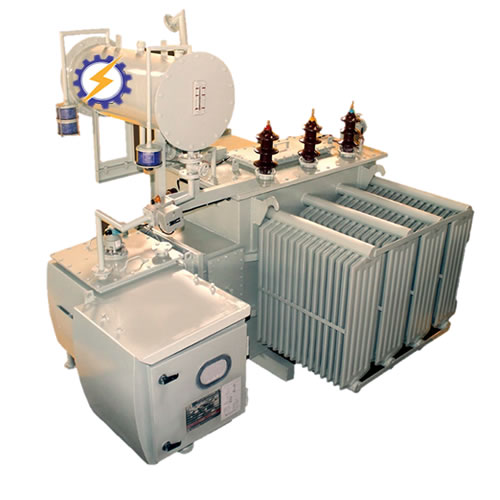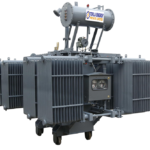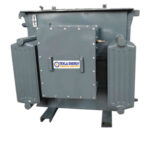Brochure
Download our document to see specific data of the service and how we work.
BROCHURE.PDF
3.81M
Let’s Start Work
Together
Please feel free to contact us. We will get back to you with 1-2 business days. Or just call us now.
Converter Duty Transformer
The Converter Duty Transformer is designed to handle the high harmonic content and transient voltage spikes that are generated by power electronic devices such as rectifiers, inverters, and converters. It is an essential component in many industrial applications where these devices are used, including renewable energy systems, motor drives, and electric vehicles.
The term “solar application transformer” also applies to converter duty transformers. These transformers are typically employed in solar energy applications, where the inverter’s power is amplified and then sent to the power grid.
A converter duty transformer is typically used in the voltage/power transfer cycle of solar-powered power plants. The photovoltaic cells that make up solar panels absorb the photons that the sun’s incident rays emit, creating an electron flow. Typically, direct current is used to generate the current (DC). The invertor uses this direct current as an input and changes it from DC to alternating current (AC). However, because the voltage produced is only a few kilovolts (kV), it cannot be connected to the power grid for use and distribution. The power grid primarily taps voltages between 11 kV and 33 kV. The converter duty transformer is crucial in this situation because it increases the voltage to the necessary level.
The function of the convertor duty transformer in a solar power generation plant is better understood by looking at the figure below.
In Gujarat, Madhya Pradesh, Telangana, and Rajasthan, numerous solar power generation companies are installing converter duty transformers for power transmission.
Previous






